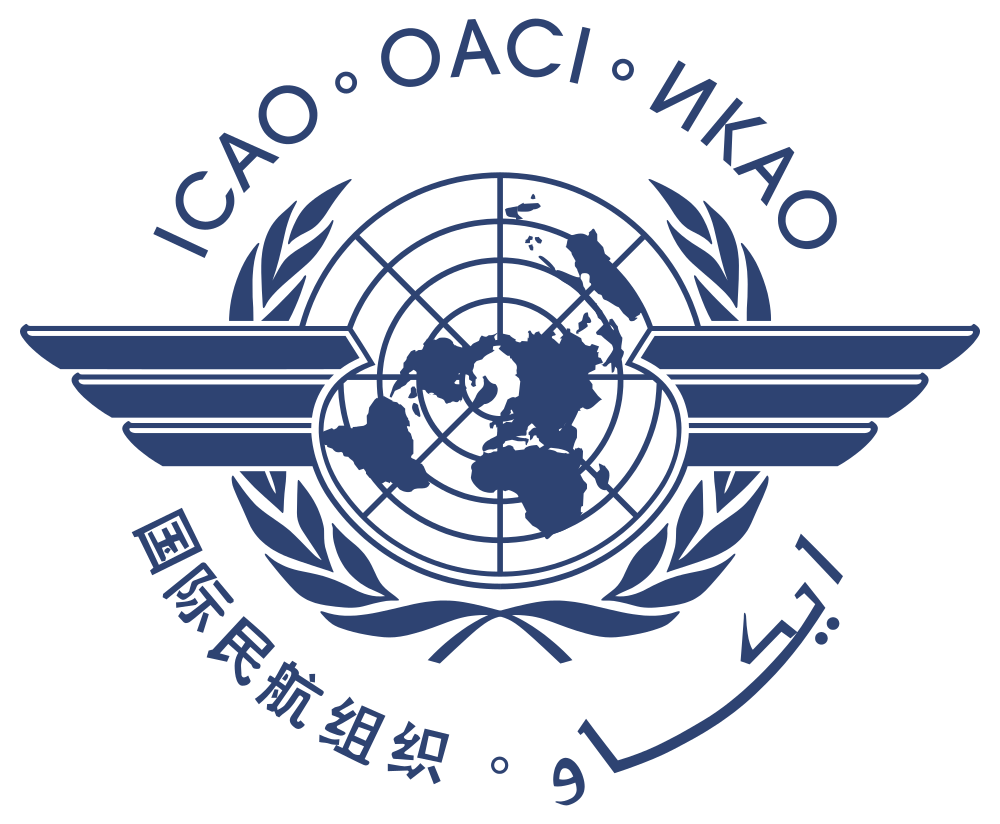Over the past week, a serious fight has erupted between India’s aviation regulator the Directorate General of Civil Aviation and the airlines, with a number of serious charges being espoused by the DGCA. In a bluntly worded financial audit that Bangalore Aviation (as well as most of the internet) has acquired, the DGCA lists out several “safety” violations that India’s airlines are supposed to have committed.
The report comes to the conclusion that with regards to Air India Express and Kingfisher, “A reasonable case exists for withdrawal of their AOP [operating certificate], as their financial stress is likely to impinge on safety.” In addition to these two, the rest of India’s airlines were all found to have safety issues, with the DGCA concluding that their financial troubles could also negatively affect the safety of air travel.
Over the past week, the DGCA met with all of the private carriers to discuss their various troubles; and Kingfisher reacted with damage control, stating that it would return to flying a full schedule by 2012, and claiming that its safety violations were overblown. IndiGo reacted with a public and detailed response, while the rest of India’s carriers have yet to weigh in. Despite the sensationalist headlines reported in the Indian media, the DGCA will not be forcing any carriers to shut down.
"We have met all airlines in the past few weeks on the issue of financial stress. Kingfisher was called in today. There is no threat of closing any airline. All airlines are under stress," explained Bharat Bhushan, the DGCA head.
That being said, let’s take a look at the actual report, and assess the validity of the DGCA’s concerns. IndiGo has already detailed its response, so we’ll examine the violations detailed for Air India Express and Kingfisher; the carriers singled out by the report.
Kingfisher:

1. A third of the fleet being grounded is not, in and of itself, cause for safety concern. Simply put, Kingfisher has grounded the aircraft for lack of spares- that suggests compliance with DGCA rules, not an ignorance of safety. Qantas has at times grounded its A380 fleet for safety concerns; yet that carrier is praised for their attention to safety while the DGCA is criticizing Kingfisher for performing a similar act
2. See #1: Kingfisher is short of engines; the fleet is grounded. Would the DGCA prefer that Kingfisher fly these aircraft without engine spares?
3. While the lack of spares obviously has troubling consequences (grounded fleet), Kingfisher is ultimately choosing to ground these planes as opposed to flying them without spares.
4. Cannibalization of parts is not unheard of. For example, in the United States, low cost carrier Allegiant Air has found it more economical to purchase used McDonnell Douglas MD-80s and cannibalize those for parts to maintain their operating fleet of MD-80s.
5. MEL Extensions, which refer to changes in the minimum equipment list (number of aircraft parts) that airlines are required to have on hand at any given time, are common practice around the globe. According to IATA: “Under certain conditions, such as a shortage of parts from manufacturers, or other unforeseen, situations, air operators may be unable to comply with specified repair intervals. This may result in the grounding of aircraft. To preclude that from happening, a MEL Item Repair Interval Extension Program has been instituted that will allow operators, under controlled conditions, to obtain extensions to MEL repair interval.” While it is troubling that Kingfisher is resorting to MEL extensions due to fiduciary difficulty, ultimately, the carrier has not yet resorted to flying without parts.
6. The loss of 24 pilots is potentially serious; India’s fast growing aviation sector is placing increased strain on the country’s (relatively) small pilot base. But 24 pilots is a smaller loss than many of Kingfisher’s rivals. This outflow could have an effect on pilot rest and therefore effectiveness; but is not yet severe enough to affect overall safety
7. Kingfisher not operating a full schedule of flights is irrelevant to a discussion of the airline’s safety; and in our view, the capacity drawdown was as much a business decision as a maintenance one.
8. Most of the employees have not been paid salaries for 2011; relevant only to the extent that disgruntled employees might not be as safety conscious as committed ones; a tenuous connection at best.
Moving on to Air India Express (AIX):

 |
| Picture copyright Devesh Agarwal. All rights reserved. |
1. FOQA, or flight operations quality assurance is very important with regards to aviation safety; as it measures exceedances of, or a divergence above set flight parameters (e.g. pitch exceeds safe limits at some point during a flight). FOQA exceedances are normal occurrences, to which the US Federal Aviation Administration FAA typically requires carriers to respond by “fixing” the problem, or building in more safeguards against it. From a flight safety perspective, therefore, a failure to take corrective actions for events in June is alarming. Obviously these incidents were not severe, as the DGCA has not yet grounded AIX. But this is perhaps the most valid concern raised by the DGCA against the two airlines we’ve covered. The 14 incidents cannot be judged; if the non-availability is because those flight crew have been fired or have left their job; then there is nothing that AIX could have done. On the other hand, if the carrier has been shielding these employees, then there may be a more serious problem. The increase in FOQA exceedances in 2011 is troubling, but means nothing without context; were the number of incidents per number of flights operated by AIX greater in 2011, or did incidents rise proportionally to the increase in number of flights?
2. The pilot and instructor shortage is an issue insofar as much as it restricts the carrier’s capacity growth. It could lead to a shortage of trained employees and place additional stress on current ones. But the broader trouble has been caused as much by parent Air India as anything, and as such; the blame cannot be laid solely on AIX.
3. #3 goes hand-in-hand with #2; shortage of pilots is not a safety threat unless the carrier attempts to operate more flights than the safe level with a lower level of pilots. The reduced schedules indicate that Air India Express has not committed the aforementioned error.
4. FDTL, or flight and duty time limitations, limit how long an in-flight airline employee (pilots and cabin crew) can be on the clock; mostly flying, transiting, or performing checks. FDTL is typically handled by crew schedulers, and while doing it by hand is tedious, it was performed successfully for years before the onset of computers. Air India too is still on hand-written FDTL, and while this reduces the economics of their crew scheduling and increases the DGCA’s pain in checking compliance, there is nothing inherently wrong in calculating FDTL by hand.
5. And #6 really; training is a tough business; and as long as Jet Airways’ 737-800 simulator has close to 100% commonality with AIX’s, the issue is non-existent. Moreover, the pilots only use the simulators to get a feel for flying the aircraft; the individual airline tendencies are usually learned on actual aircraft.
Based on the analysis I’ve done above, it should become apparent that the DGCA has overstated some of the safety concerns while noting other items that really shouldn’t be concerned. While the report does raise a few valid concerns (AIX’s FOQA adventures being chief among those), its broader conclusion is shoddy. Carriers are facing financial troubles, the DGCA’s thinking goes, and thus are likely to skimp on maintenance and impugn safety.
This is simply not true. Most airline managers understand that public confidence in their carrier’s safety, once lost, can bankrupt the company. A chilling example is the crash of ValuJet flight 592 in the United States in 1995. That accident so frightened the American public, who fled the airline in droves, that ValuJet was forced to change its name to AirTran in an attempt to stave off bankruptcy. Thus while airlines are often seen skimping on things like food, employees, etc., you almost never see airlines attempting to save money on maintenance beyond improvements offered by the manufacturers themselves. In fact, carriers like Kingfisher and AIX have been revealed by this report to have acted in the interests of safety. Rather than over-extend their pilots or fly aircraft without spares, they instead chose to reduce schedules and ground fleets, at great financial loss.
Ultimately the Indian airlines are still safe to fly. The DGCA and a sensationalist Indian press have blown these issues way out of proportion. Problems faced by Kingfisher and AIX are marginal at best; and those two carriers were considered the worst of the bunch. Ultimately, one wouldn’t stop flying American Airlines during their bankruptcy for fear of their safety; and so it should be for Kingfisher and the rest of India’s airlines as well.






.jpg)















